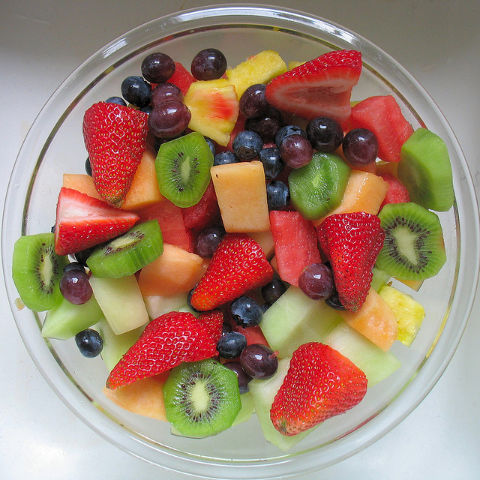Sacred Heart Diet Myths, Benefits & Side Effects

The Sacred Heart Diet was reportedly developed from the Department of Cardiology of the Sacred Heart Memorial Hospital. This healthy eating plan was first designed with problem and overweight patients in mind, who experienced heart problems, due to their unhealthy eating. The theory was, if we change what these patients are eating, we can decrease their weight, which would lead to better health.
In 2004 the Sacred Heart Memorial Hospital in Canada stated in a press release that “no nutritionist at the Hospital took part in the development of this diet”. Thus similar to a good number of these eating plans the diet turned out to be phony and its name was a fairy tale. The Sacred Heart Diet is known to have a bunch of alternative headings such as the Miami Heart Institute Diet, Sacred Heart Memorial Hospital Diet, the Cleveland Clinic Diet as well as the Spokane Heart Diet.
The Sacred Heart Diet is popular because unlike diets (coconut water, for example), there are no special ingredients for the recipes. This diet is based on soup, fruits, and vegetables — all of which can be found in just about any grocery store.
The plan:
Day 1 – Choose any fruit of your choice with the exception of bananas. You are allowed one serving of soup (not a bisque or creamed broth), which you may prefer to save for dinner. The fruits are allowed in any quantity but are not served with any type of sugar or syrup.
Day 2 – You are allowed to consume as many fresh or cooked vegetables as you want (no butter or sour cream). Try to include as many green/leafy vegetables as possible. The only exception is there are no beans, peas, or corn allowed. For dinner, you are again allowed soup; additionally, one baked potato is allowed (refrain from butter, sour cream, etc.) There are no fruits allowed for this day.
Day 3 – You are allowed one serving of soup, and all of the fresh or cooked vegetables you want (no butter, no sour cream; no baked potato). Also, you are allowed all of the fruits you want, without any sugar or syrup.
Day 4 – You should consume at least 3 bananas today with some skim milk. By now, your body is probably craving potassium and calcium. You are again allowed one serving of soup.
Day 5 – You are allowed to eat between 10 and 20 ounces of beef and as many as 6 medium sized tomatoes. As before, you are allowed one bowl of soup (no cream, no bisque).
Day 6 – You are allowed to eat all of the beef you want with all of the green/leafy vegetables you want. Do not eat any baked potato today. Again, one bowl of non-bisque/non-creamed soup of your choice is allowed.
Day 7 – This day is a bit different than the other days as you should eat a bowl of brown rice, non-sweetened/natural fruit juice, and all of the fresh vegetables you want, with one bowl of non-creamed/non-bisque soup.

The Sacred Heart Diet is nice and easy. When on a diet, it is often more difficult to maintain the requirements if they are too over the top. This is a very simple eating plan and depending on your health situation, one can easily lose 5 to 10 pounds in 1 to 2 weeks.
The Sacred Heart Diet can be a bit hard to settle into. The idea of giving up baked goods, butter, and chocolate can be hard for some dieters. Eating soup every day, if you are not able to find variety in the Campbell’s aisle, can be boring. The one day when beef is allowed is a reward… until you realize that you have to go another week until you can eat real steak again.
The Sacred Heart Diet is special because not only does it help the patient to reduce, it helps him to curb his desire for foods which are high in fat and sugar content. Additionally, the foods which are required are naturally healthy (eating spinach and celery leaves are nutritionally good). Portion control is not a consideration for some of the fresh vegetable days, which is nice because when someone is dieting, grazing is a nice thing to do!
Jack
September 15, 2013 @ 6:03 pm
I don’t like bananas. Is there something I can substitute them with on Day 4?
Rava
September 16, 2013 @ 12:00 am
If you don’t tolerate bananas then try searching for foods high in potassium, e.g. you can use dark leafy greens (spinach), dried apricots, fish (salmon), tomatoes, apples, etc. as a substitute for potassium in bananas.
Jada
September 20, 2013 @ 1:23 am
Eat more than one serving of soup a day or you will be sooo hungry. Also, don’t settle for canned soup. Google the diet and get the recipe. It’s actually really yummy and if you get bored with it, add a different spice. I did parsley, oregano, salt and pepper first, then switched to curry.
Ann
July 6, 2016 @ 6:23 pm
does it make you have to stay by bathroom?
admin
July 7, 2016 @ 2:05 am
Hi Ann. I don’t think so.